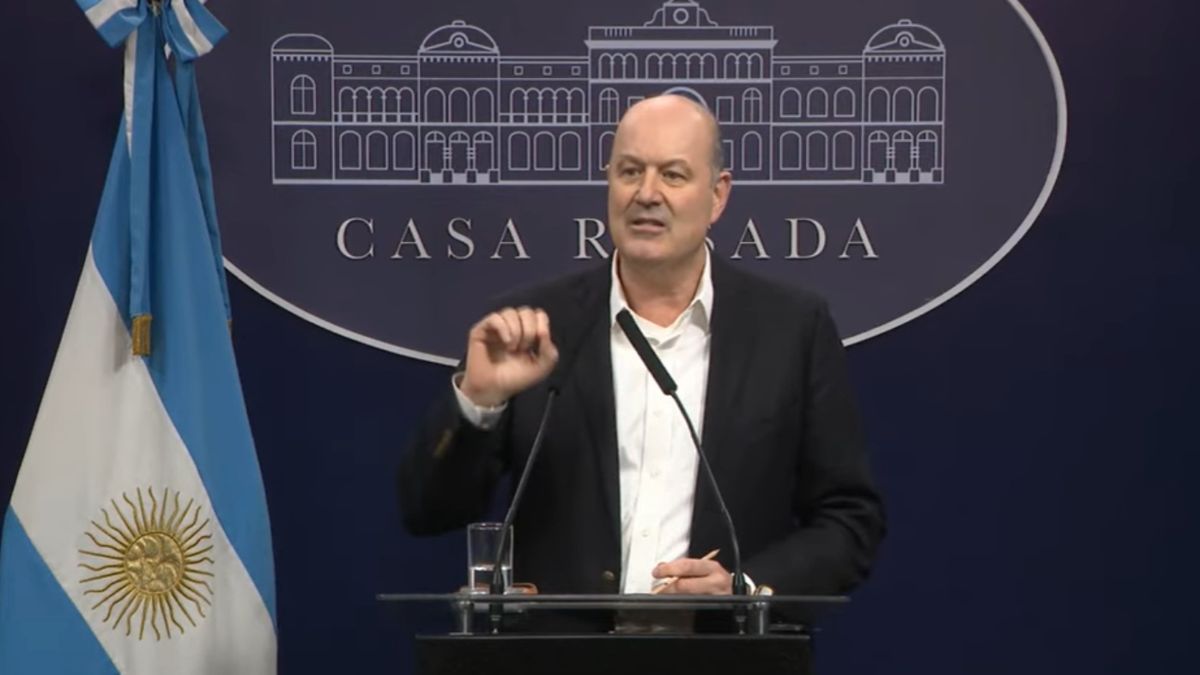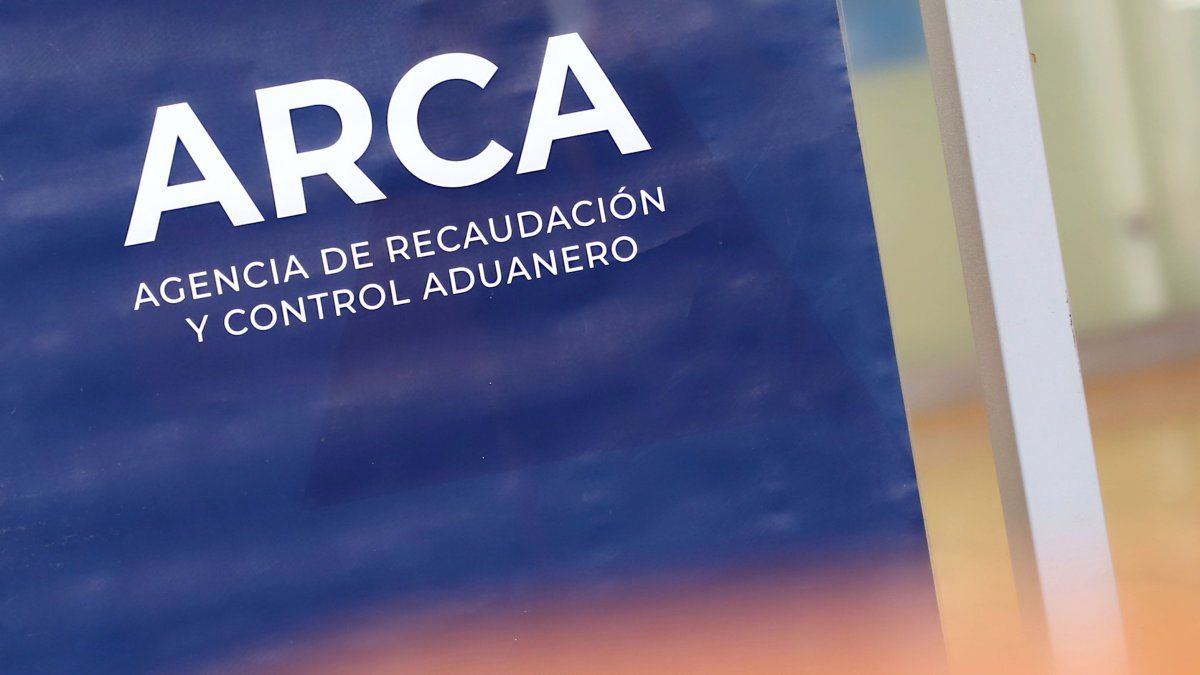He Dolar blue in Argentina rose for the fifth consecutive day and reached a new high of 1,225 Argentine pesos, at the same time as financial dollars They also noted an increase and the gap with the official exchange rate is close to 55%. Meanwhile in Uruguay the behavior of the markets of the neighboring country is observed out of the corner of his eye, at a time when the Exodus and the consumption diversion They seem to have normalized during the summer season. The unknown, meanwhile, is what will happen in March.
The trend in dollar parallel or blue in Argentina It is clearly bullish: in the last five days it recorded increases and records alike, until reaching a new maximum value of 1,225 pesos at yesterday’s close. In parallel, financial dollars—such as MEP and the counted with liquid (CCL)—Almost 60 pesos also skyrocketed after the release of dollars by the Central Bank of the Argentine Republic (BCRA) for importers.
This situation generates uncertainty not only in the neighboring country, due to the economic impact that it will inevitably have at the local level; but also in Uruguay, where the evolution of the exchange difference is key to one’s own stability after a year in which the diversion of consumption towards a Argentina very cheap in dollars for Uruguayans had a strong impact on fiscal and employment levels.
The blue dollar rises in expectation of a new devaluation
Between analysts and specialists on the other side of the Silver riverthere has been talk for some time about an inevitable devaluation, after the first carried out on December 13 – which took the official dollar from 366 to 800 Argentine pesos overnight – was absorbed by the significant increase in prices and the consequent inflation that removed competitiveness To the exchange rate.
Now, the blue dollar uptrend It finds an explanation, among other factors, in market expectations for this new devaluation that, according to surveys, could occur between March and April.
According to him Survey of Market Expectations (REM) published by the BCRA recently, the official dollar would be 870 pesos in February, while in March it would have an adjustment of almost 15%, reaching a value of 995 pesos.
In parallel, the futures market is so wary of the 2% pace of crawling peg —too slow for the pace of inflation, which would generate a greater exchange rate delay— as well as the Argentine government’s ability to attract dollars, although in the second two months a strong flow of foreign currency is expected due to the harvest. For operators, the exchange rate will reach 1,087 pesos in April; and futures contracts Matba Rofex They rose between 2% and 4%.
What can happen in Uruguay?
In Uruguay, What happens on the other side of the border at an economic and exchange level is no less: the spending of Uruguayans in the neighboring country during 2023 was greater than 1,000 million dollars, according to estimates by the Center for Development Studies (CED); and 80% of trips abroad from the country were towards Argentina.
Although the summer season—along with the devaluation of the Argentine peso, a few weeks of stability in the Dolar blue and the sharp increase in prices that discouraged crossings—is not the scene of the Exodus which had become common, as Uruguayans chose destinations such as Brazil or the Caribbean to vacation due to the improvement in purchasing power; Doubt grows about what could happen in March, when the time comes to return to routine, classes begin—and the purchases and expenses associated with them—and the season approaches. Tourism Week.
Given the perspective of a new devaluation in Argentina for those dates and, meanwhile, the persistence in the escalation of the parallel exchange rate—in addition to a hypothetical rise to levels similar to that of the official dollar if the government devalues—generates concern that the exchange difference increase again and the neighboring country is, once again, the favorite destination for Uruguayans and their consumption.
In any case, we will also have to consider the impact that the eventual devaluation of the Argentine peso would have on prices: just look at what happened in December, when the inflation It meant that, despite the gap in the exchange rate, the Argentine market was not so attractive for the Uruguayan wallet, especially with regard to fuel.
In that sense, and as they advanced to Ambit from the Salto Economic Observatory of the Catholic University of Uruguay (UCU)the price gap was considerably reduced between the exchange rate adjustment and the inflationary jump in Argentina. The official results of the survey will be known in the first days of February.
Therefore, it is possible to expect that the impact of a greater increase in the blue dollar will not be as strong as it was last year since, without a government that contains the transfer of the devaluation to prices, inflation will compensate for the rise. of the parallel exchange rate in its influence on the exchange difference between both countries.
Source: Ambito




